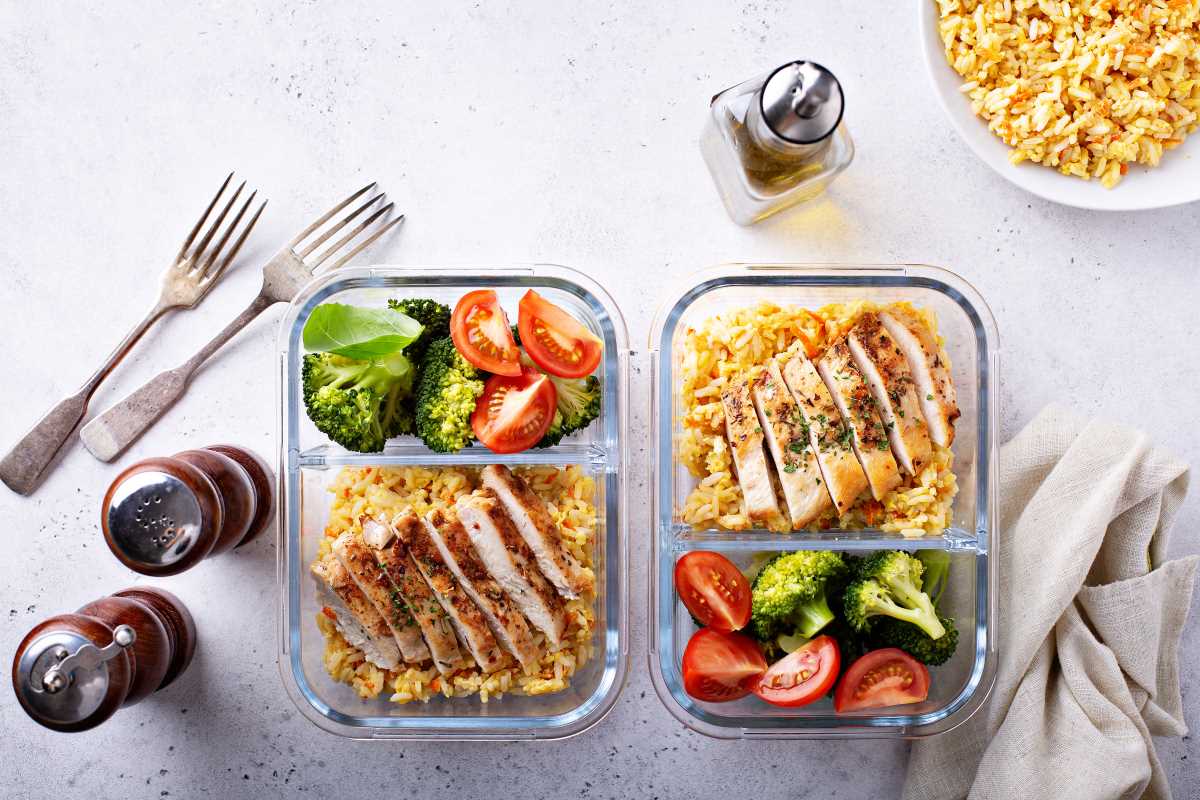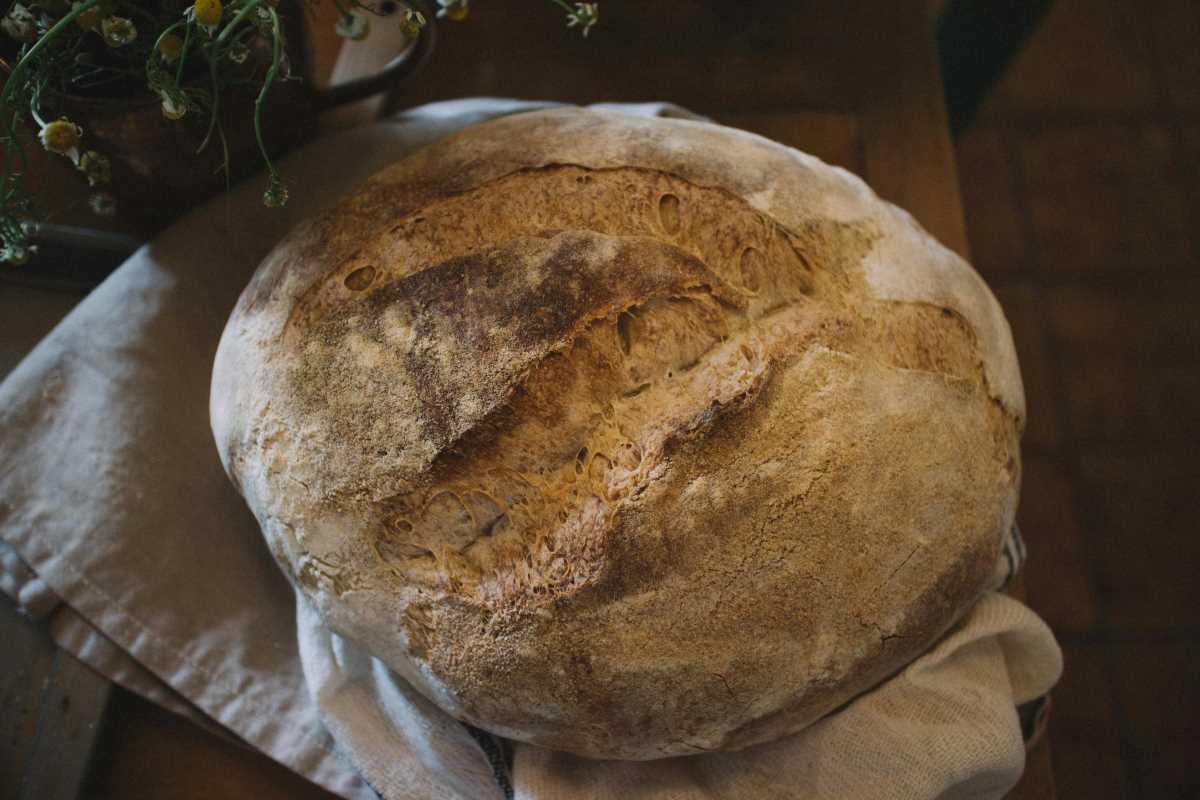Organizing meals in advance offers a rewarding way to take charge of your time and household expenses. By mapping out what you will cook each week, you open the door to creative cooking, minimize food waste, and serve wholesome meals that fit seamlessly into your daily routine. Planning ahead lets you try out new recipes and revisit beloved classics, all while keeping your spending in check. This approach not only simplifies grocery shopping, but also ensures that each meal brings satisfaction and value, helping you make the most of both your kitchen and your budget.
Taking the time to design a weekly plan allows you to balance flavors and ingredients while turning routine cooking into an engaging experience. Each meal becomes an opportunity to explore different cultures and culinary techniques, making your time in the kitchen both fun and educational.
Why Meal Prep Saves Time and Money
Meal planning simplifies your day-to-day life. With a well-organized schedule, you avoid last-minute trips to the store and the temptation of expensive takeout options. You also reduce food waste by using all your ingredients efficiently, which helps lower your overall expenses. This careful planning makes it easier to include a variety of dishes that keep mealtimes interesting.
Dynamic benefits come in the form of cost savings, time management, and stress reduction. Consider the following advantages:
- Reduces impulse spending and helps stick to a set budget
- Saves time on shopping and cooking by preparing meals in batches
- Enhances dietary variety and encourages healthy eating
- Minimizes waste by using bulk purchases and seasonal produce
Set Your Meal Prep Budget
Once you decide to commit to meal prep, you need to set a clear budget. A well-planned budget guides your shopping and planning while ensuring you do not overspend. It also guides you toward using local and seasonal ingredients, which tend to be more affordable and fresher than imported ones.
Here is a simple approach to create your budget for the week:
- Estimate how much you spend weekly on groceries and decide on a comfortable limit.
- Review your meal schedule and list the ingredients needed for each recipe.
- Prioritize cost-effective ingredients that offer multiple uses across different dishes.
- Monitor sales and consider stores that offer rewards or discounts.
- Adjust your plan if necessary to balance indulgent treatments with economical basics.
Choose Affordable Ingredients and Recipes
Select ingredients that are both nutritious and wallet friendly. Simple staples such as rice, beans, pasta, and seasonal vegetables provide a solid base for countless recipes. These ingredients not only stretch your budget but also encourage creativity in the kitchen. Experiment with different herbs and spices to enhance the flavor without extra cost.
Use local markets to find fresh ingredients at lower prices than larger supermarkets. Consider recipes that combine proteins like eggs or legumes with hearty grains and vegetables. For example, a vegetable stir-fry with tofu or a bean chili can be very satisfying, replenishing, and cost-effective. Trying different variations of these dishes keeps your menu lively and affordable.
Meal Prep Strategies for the Week
Having clear strategies improves your planning process and makes meal prep a practical activity in creativity. Organizing your workload at the start of the week means less time worrying about what to cook and more time enjoying your meals. Break down each day with focused tasks like chopping vegetables, cooking grains, and assembling sauces, so everything comes together smoothly.
A sample schedule might include core meals and a variety of side dishes. Consider this outline to kick-start your organization:
- Monday: Prepare a larger batch of protein (e.g., grilled chicken or tofu) to use in different meals.
- Tuesday: Roast seasonal vegetables that work well in salads and bowls.
- Wednesday: Make a hearty soup or stew that you can refrigerate for a couple of days.
- Thursday: Cook a versatile grain like quinoa that pairs with various sauces.
- Friday: Set aside pre-made snacks like energy balls and chopped fruit.
- Weekend: Experiment with a quick-fix meal or use leftovers to create new dishes.
This step-by-step outline makes meal prep an exciting and manageable routine, showing that even a simple schedule can lead to delicious results.
Smart Shopping Tips
Going into the shopping trip with a clear list and a well-planned budget pays off. Design your list based on the ingredients outlined in your weekly plan and stick to it. It’s easy to get carried away by tempting offers on items you do not really need. Staying focused helps you take advantage of genuine savings instead.
Here are some practical tips to keep your shopping trips efficient and cost-effective:
- Carry a reusable bag to avoid extra charges.
- Check for seasonal deals to buy fresh produce at lower prices.
- Buy in bulk where it makes sense, especially for staples that you use daily.
- Compare prices between local markets and larger stores to find the best deals.
- Plan indoor and local shopping trips during off-peak hours to avoid crowds and enjoy a less stressful experience.
Store and Reheat Meals Safely
Proper storage and careful reheating ensure that your prepared dishes stay fresh and safe to eat throughout the week. Cooling hot foods quickly and storing them in airtight containers prevents bacteria growth, while reheating restores both flavor and texture to your meals. Designate specific spots in the fridge for your prepared items to keep everything organized.
Follow this checklist to ensure safety and quality:
- Cool hot foods at room temperature for no longer than two hours before refrigerating.
- Store different food types in separate, properly sealed containers.
- Label containers with the date to track freshness.
- Reheat foods to a safe temperature, ensuring they reach a piping hot state throughout before serving.
- Avoid reheating repeatedly to preserve texture and nutritional value.
Striking a balance between delicious food and budget management creates a satisfying and sustainable lifestyle that rewards you with both flavor and savings.
Meal prepping adds joy and simplicity to your routine. Enjoy planning and cooking each dish to reflect your style and support your health.







